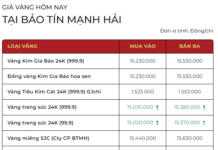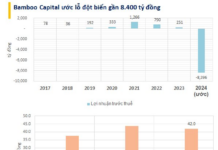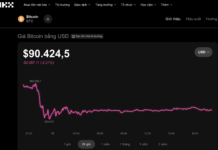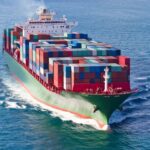According to statistics from the Ministry of Industry and Trade, the two-way trade turnover between Vietnam and the EU reached approximately $45.2 billion in the first eight months of 2024, a 15.8% increase compared to the same period last year. Exports reached $34.4 billion, up 18.5%, while imports reached $10.8 billion, a rise of 11.4%.
The bilateral trade between Vietnam and the EU is forecast to continue its strong growth until the end of the year.
Ms. Dinh Thi Bao Linh, Deputy Director of the Center for Industry and Trade Information (Ministry of Industry and Trade), stated that, along with the roadmap for tariff reduction between the two sides and the changes in the development strategy of large corporations worldwide, the advantages brought about by the EVFTA have significantly contributed to the positive results in Vietnam’s import and export situation with the EU in the past time.

Delegates shared the difficulties and challenges in exporting goods to the EU (Photo: Hoang Minh)
Alongside the advantages, Ms. Bao Linh pointed out that Vietnam’s import and export goods to the EU also face several challenges. These include meeting non-tariff measures, competitive pressure from foreign countries, and the challenges faced by our exporters regarding e-commerce enterprises.
Although the scale of Vietnam’s exports is relatively high, it has not yet been able to aggregate large export orders like China, Malaysia, and Thailand.
Even when production is possible, ensuring new regulations with the very high standards of the EU market is always a challenge for businesses.

Increased logistics prices have also led to higher transportation costs (Photo: Hoang Minh)
Mr. Tran Ngoc Quan, Commercial Counselor of Vietnam in the EU, said that since the COVID-19 pandemic, EU countries have been facing issues such as port connectivity and labor shortages, resulting in high freight rates.
Additionally, the direct route between Vietnam and the EU has been disrupted due to the Russia-Ukraine conflict and the conflicts in the Red Sea, forcing shipping lines to take longer routes, increasing transportation costs, and subsequently raising freight, transportation, and insurance costs.
Deep-Sea Freight Rates Plummet, Exports Surge.
Global ocean freight rates have plummeted across all trade lanes, with the most significant drops observed on the Asia to US West Coast and Europe routes (down by approximately 20-30%).







































